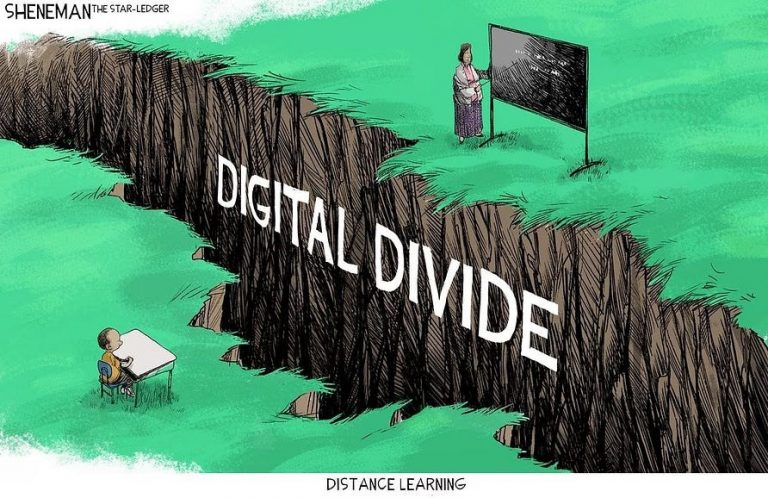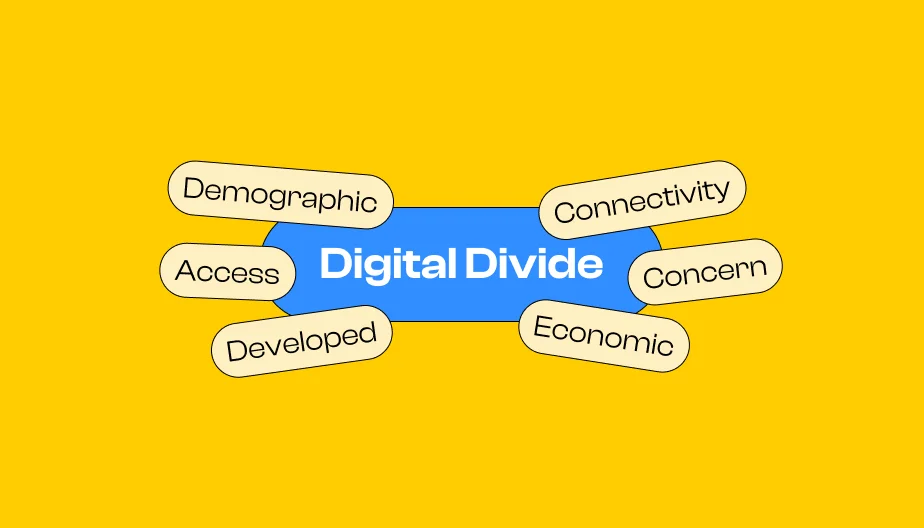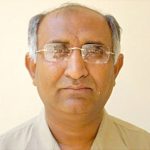
As Sindh stands at the crossroads, let us collectively steer its course toward a brighter future—one that honors its past while embracing the promise of tomorrow.
Prof Dr. Abdullah G Arijo
Nations fall and grow, time and again. This is simply an evolution, progressive and reverse civilization. The history of Sindh dates back to 5600 BC and reveals a thriving civilization that once existed in the region. This ancient culture can still be observed in sites such as Moen Jo Daro and Harapa. Sindh was highly advanced in art, literature, and science, surpassing its neighboring nations. However, the tides of migration have altered the landscape. The influx of non-native populations has diluted the core values. Academic standards have plummeted, and the Sindhi language teeters on the brink of survival. The Sindhi Cultural Day, Sindhi Language Day, and other cultural events underscores this struggle.
Nations thrive not only on artistic expression but also on academic excellence. To secure a bright future, Sindh must prioritize both cultural richness and scientific advancement. Short-term and long-term policies are essential to rescue education in the province, which currently lags behind neighboring nations. Solid projects and collective efforts will ensure Sindh’s place in the nation’s trajectory.
Nations rise and fall, and their destinies are shaped by the currents of time. Sindh, a land steeped in history, echoes with the whispers of civilizations that once flourished here. From the ancient city of Moen Jo Daro to the bustling streets of modern Karachi, Sindh’s journey has been one of evolution, progress, and occasional regression.
A Glorious Past: Sindh’s Ancient Civilization
The roots of Sindh’s civilization stretch back to an astonishing 5600 BC. In those distant times, this region was home to a thriving culture—one that left its indelible mark on humanity. The remnants of this ancient civilization can still be glimpsed today in the archaeological sites of Moen Jo Daro and Harapa. Sindh was a beacon of art, literature, and scientific inquiry, surpassing even its neighboring lands.
The Shifting Landscape: Migration and Cultural Erosion
Yet, like the outgoing tide and flow of tides, migration has altered Sindh’s landscape. Waves of non-native populations have washed ashore, bringing with them new languages, customs, and beliefs. The core values of Sindh have diluted, and the Sindhi language now teeters on the brink of survival. The division between Sindhi Cultural Day, Sindhi Language Day, and other cultural events underscores the struggle to preserve a rich heritage.
Balancing Art and Academia: The Path Forward
Nations thrive not merely on artistic expression but also on academic excellence. To secure a bright future, Sindh must strike a delicate balance between cultural richness and scientific advancement. Both short-term and long-term policies are essential to rescue education in the province, which currently lags behind its neighboring regions. Solid projects and collective efforts will ensure Sindh’s rightful place in the nation’s trajectory.
Education: A Multifaceted Challenge
Improving education demands a multifaceted approach. Specific policies can enhance educational systems:
- Overcrowding: Acknowledge and tackle overcrowded classrooms. Smaller student-to-teacher ratios promote better learning experiences.
- Funding: Prioritize funding and allocate sufficient resources to schools. Adequate funding ensures quality education, well-maintained facilities, and up-to-date materials.
- Disciplinary Measures: Combat policies that criminalize students. Focus on restorative justice and alternative disciplinary approaches.
- Teacher Standards: Invest in teacher training, professional development, and ongoing support. High-quality educators positively impact student outcomes.
Community Involvement: A Vital Ingredient
Local communities must be active participants in decision-making. Let them shape curricula and classroom practices to meet their unique needs. Coherent, systematic education policies should respond to the evolving challenges faced by our schools.
 Technology: The Pre-requisite for Progress
Technology: The Pre-requisite for Progress
Technology plays a pivotal role in shaping the learning landscape. We must recognize its importance and explore its potential. Digital tools, online platforms, interactive apps, and virtual reality make learning accessible, exciting, and enjoyable. Students can explore concepts beyond textbooks, fostering a deeper understanding of subjects.
E-Learning Revolution: Beyond Physical Boundaries
E-learning technology has revolutionized education. It liberates students from the confines of physical institutions, granting access to study materials, videos, and lectures. Improved communication and collaboration are paramount. Online platforms provide real-time feedback, discussion forums, and collaborative projects, making learning interactive and engaging.
21st-Century Skills: Equipping Sindh’s Youth
In today’s interconnected world, possessing digital literacy, critical thinking skills, and problem-solving abilities are crucial for success. Therefore, Sindh must leap forward by providing students with the necessary tools to help them thrive. This can be achieved through teacher professional development, online courses, webinars, and other resources. Utilizing digital tools can help streamline assessment processes, allowing for instant feedback and providing students with an easy way to track their progress.
________________
 Prof. (R) Dr. Abdullah G. Arijo is Advisor and Visiting Professor, SBBUVAS, Sakrand, Pakistan. He is Ex-Chairman, Department of Parasitology, Sindh Agriculture University and Ex-Advisor Academics & P&D to Vice Chancellor SAU Tandojam
Prof. (R) Dr. Abdullah G. Arijo is Advisor and Visiting Professor, SBBUVAS, Sakrand, Pakistan. He is Ex-Chairman, Department of Parasitology, Sindh Agriculture University and Ex-Advisor Academics & P&D to Vice Chancellor SAU Tandojam
MashAllah very good article Sir
MashAllah good article Sir